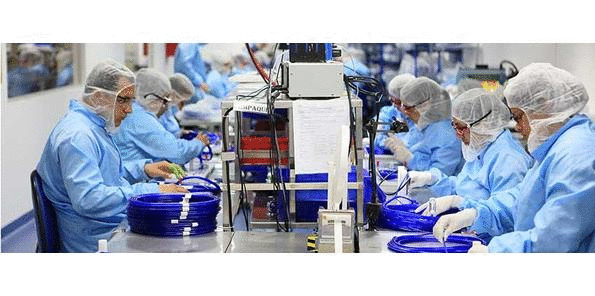The Cutting Edge of Medical Technology Content, Community & Collaboration
Process validation for medical devices is a key ingredient of quality assurance in medical devices. Process validation is the criterion for measuring the effectiveness of a quality system for medical devices. The first step that medical device manufacturers have to take to show compliance with regulatory requirements for new and modified existing medical devices is obtaining premarket approvals (PMA) and premarket notifications. Process validation for medical devices is the step that helps them do this.
CFR Part 820, Section 820.75(a)
Process validation for medical devices has to meet requirements set out by the FDA. The FDA’s section which deals with these requirements for process validation for medical devices is CFR Part 820, Section 820.75(a). This section, which deals primarily with process validation for medical devices, requires the validation of the processes that go into the making of a medical device to guarantee a level of assurance that cannot ordinarily be verified by carrying out inspections and tests.

The reasoning behind process validation for medical devices
The logic or the need for process validation for medical devices is spelt out by the FDA. The underlying principle behind the need for process validation for medical devices is that medical devices validation process should be demonstrable even in the absence of monitoring of the output at a later stage.
That is, process validation for medical devices has to be provable to the extent that it in itself is adequate to show the efficiency of the device, even if later verifications cannot be carried out. This places a heavy onus on the manufacturer for ensuring that the process validation for medical devices is carried out in adherence to strict protocols.
The FDA’s requirement for process validation for medical devices does not stop here. What is narrated above is only the first step. The second aspect of the process validation for medical devices is that it requires process validation where an inadequacy is discovered at a later stage, that is, when the device is out into the market and is being put to actual, real world use. This makes process validation for medical devices all the more complex and totally protocol and process based.
When is process validation for medical devices needed?
The FDA, under CFR Part 820, Section 820.75(a), which deals with the subject, states that process validation for medical devices is needed when:
- A new product is being manufactured
- There is a revision into the process being employed for manufacturing this new device or an existing device has a need for a new process
- A defect gets noticed in the medical device after its release into the market. In such cases, the device has to be recalled and validated all over
Big uses
Although process validation for medical devices is indeed exacting, it is not formulated by the FDA without purpose. Following the set process validation for medical devices has enormous uses, which are very important, considering that medical devices that are not properly validated through a set process have the potential to cause life-threatening damage to people who use them.
Some of the uses of process validation for medical devices:

Views: 48
Comment
© 2025 Created by CC-Conrad Clyburn-MedForeSight.
Powered by
![]()
You need to be a member of MedTech I.Q. to add comments!
Join MedTech I.Q.